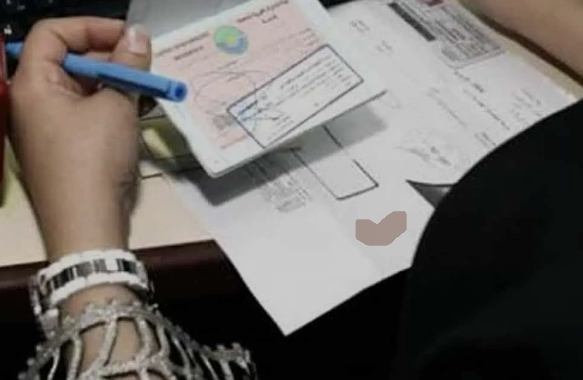Indian rupee rises against UAE dirham for 9th consecutive session
The Indian rupee has experienced a noteworthy upward trend against the UAE dirham in recent times, marking its ninth consecutive session of gains. This development has been attributed to several factors, including economic indicators, geopolitical events, and global market dynamics.
One key driver behind the rupee's ascent is the robust performance of the Indian economy. Positive economic data, such as increased GDP growth, stable inflation rates, and a favorable trade balance, has bolstered investor confidence in the Indian currency. Additionally, reforms and policy measures implemented by the Indian government have contributed to creating a conducive environment for foreign investment.
Geopolitical factors also play a role in shaping currency movements. Changes in diplomatic relations between India and the UAE, as well as broader geopolitical events in the Middle East, can impact the exchange rate between the rupee and the dirham. Investors keenly monitor such developments, adjusting their positions based on the perceived risks and opportunities.
Furthermore, global market dynamics, including fluctuations in commodity prices and shifts in the demand for currencies, influence the exchange rates. The interconnectedness of financial markets means that events in one part of the world can have ripple effects on currencies elsewhere. Traders and investors closely watch these trends, using them to make informed decisions about their currency positions.
The central banks of both India and the UAE also play a crucial role in shaping the exchange rate between the rupee and the dirham. Monetary policy decisions, interest rate adjustments, and currency interventions by these central banks impact the relative strength of their respective currencies. Market participants carefully analyze central bank statements and actions to anticipate future currency movements.
Despite the positive trend, risks and challenges persist. External factors such as global economic uncertainties, trade tensions, and unexpected geopolitical events can introduce volatility into currency markets. Additionally, currency markets are influenced by speculative activities, and sudden shifts in investor sentiment can lead to rapid changes in exchange rates.
In conclusion, the Indian rupee's continuous rise against the UAE dirham reflects a combination of economic factors, geopolitical developments, and global market dynamics. While the positive trend is indicative of confidence in the Indian economy, vigilance is essential due to potential risks and uncertainties that may impact currency movements in the future.





